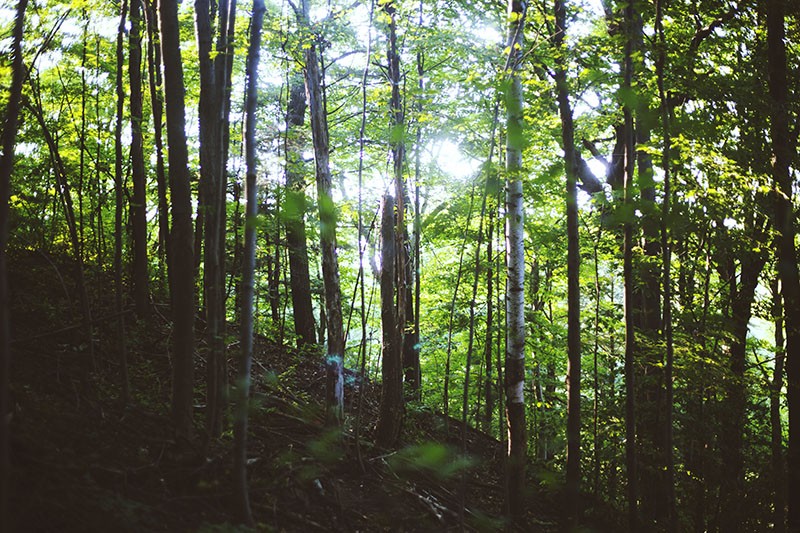Optimally, the only camping you ever do is by your choice and the toughest obstacle you face is keeping away biting and stinging insects.
In a dire survival situation, however, remaining a secret camper might be your only alternative; here are some things you must consider.
SHAPE – There is very little in nature that is angular, most camouflage materials are designed to break up or soften such obvious things. So where possible we should avoid erecting shelters that look like little boxes ……….. if we cant do this a leaf can be taken out of the militaries book, Basha's (shelters made from poncho's) are never to be any higher than 18″ above the ground, this usually means your roof is lower than the surrounding foliage and will not be sky lined or similar. Shape also includes are gear and ourselves too so keep that in mind.
SHINE – maybe this is the most obvious thing as it doesn't take much imagination to realise that a reflective surface will catch the eye. So with this in mind muted and natural colours are always wisely used. But shine can also mean light – it is odd to me how little light discipline civilians have in the woods. It took my usual travelling companion some time and much moaning from myself to learn good night discipline. If we have everything packed away except our sleeping gear before last light (for example) then we will a, know where everything is. B, not lose anything and not need to use our torch to find things. Also consider your fire – the light from a fire can shine through the woods a considerable distance. Indeed there are many fire lays we can use such as the Dakota fire pit that are ideal for this, just remember to use the day light for fire wood gathering!
SILHOUTTE – again sounds obvious, if you pitch camp on the top of a hill or even in an open field anyone looking up hill will see you against the sky line – this can also be true of the individual going about tasks such as gathering fire wood. A game keeper or the neighbour of a land owner who sees someone where they shouldn't be may report it or investigate it.
SOUND – the military practice doing everything without speaking, these “DRILLS” are practiced over and over again until they become second nature. Whispered conversation is the norm on exercise or deployment to a soldier – soldiers pack their webbing so nothing rattles etc etc – civilians generally don't even tone down their voices which in town are usually raised to be heard over the background noise of cars and TV's etc but more than this even the sound of chopping wood can carry a long way so we need to practice or approach out bushcraft differently too.
MOVEMENT – like silhouette is all about avoiding doing things that will catch the eye. Consider the fact that we are predators by nature and our eyes are forward facing as such we often rely on our peripheral vision to alert us to things we cant see – this means that someone not even looking for or at you will be attracted to you or your camp if they detect movement especially sharp, fast or unnatural movements.
COLOR – again as mentioned colors can aid us in rescue but on the flip side they will give us away if we are trying to avoid being seen. Most animals don't see color but we humans do and in stealth camping muted colors are best. Also consider the fact that a green tarp will look out of place if erected on a sandy beach. Nessmuk says that field grey is the best colour for the hunter and certainly this was deemed so by several armies.
While the best approach is to always alert a land owner if you are on their property and get permission, in a dire survival scenario, that may not be an option.
If that is the case, the more you consider the above the better your chances of remaining a secret and surviving.
To learn more about stealth camping, please visit Wilderness Living.

Josh Williams
Practice. Have a very light pack and load to appear as a casual biker hiker during day hours